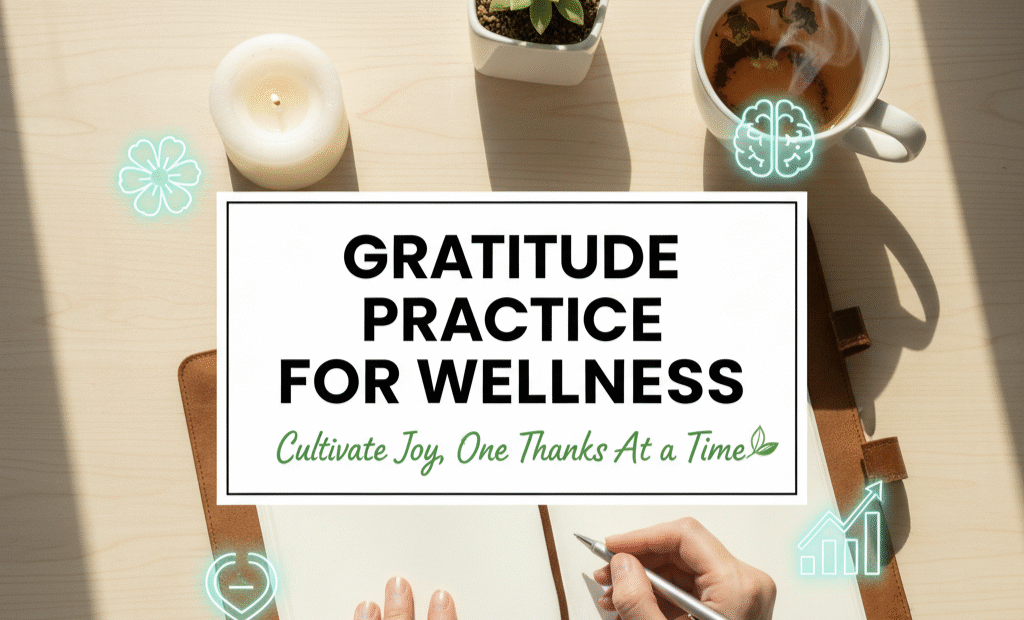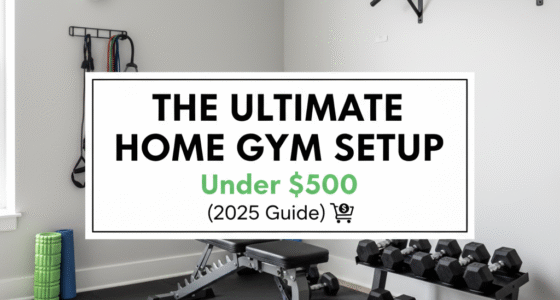Gratitude Practice for Wellness
Gratitude is more than just saying “thank you.” It’s a mindset—a way of seeing life that can transform your mental, emotional, and even physical health. When you practice gratitude regularly, you train your brain to focus on the positives rather than what’s missing. This simple shift can improve mood, reduce stress, and create a deeper sense of satisfaction with life. A daily gratitude practice is one of the most effective ways to enhance overall wellness.
What Is Gratitude Practice?
Gratitude practice is the intentional act of recognizing and appreciating the good things in your life. It can be as simple as writing down what you’re thankful for, expressing appreciation to others, or taking a quiet moment to notice something beautiful around you. This conscious effort rewires your brain to notice more positivity, helping you feel calmer and happier.
Why Gratitude Matters for Wellness
Gratitude affects both mental and physical health. Research shows that people who practice gratitude experience lower stress levels, better sleep, and stronger relationships. Gratitude also increases serotonin and dopamine—the “feel-good” neurotransmitters that boost happiness and motivation. By focusing on appreciation rather than lack, you shift from a state of worry to one of peace and balance.
Key Benefits of a Gratitude Practice
1. Reduces Stress and Anxiety
When you focus on gratitude, your body releases calming hormones that lower stress. Instead of dwelling on worries, you remind yourself of what’s going right, which brings perspective and relief.
2. Improves Sleep Quality
Writing down what you’re grateful for before bed helps quiet your mind. Positive thoughts replace stressful ones, allowing you to fall asleep more peacefully and wake up refreshed.
3. Strengthens Relationships
Expressing appreciation builds stronger connections. When you thank others sincerely, you encourage kindness, trust, and empathy—foundations for meaningful relationships.
4. Boosts Physical Health
Studies suggest that grateful people exercise more, eat healthier, and experience fewer aches and pains. Gratitude reduces the impact of negative emotions on your immune and cardiovascular systems.
5. Increases Overall Happiness
By regularly acknowledging the good in your life, you train your mind to find joy even in small moments. This creates lasting emotional resilience and contentment.
Simple Ways to Practice Gratitude Daily
- Keep a Gratitude Journal: Write down three things you’re thankful for each morning or night.
- Say It Out Loud: Verbally express appreciation to someone daily, even for small acts of kindness.
- Pause and Notice: Take a mindful moment to appreciate nature, food, or quiet time.
- Write Thank-You Notes: A handwritten note can strengthen relationships and increase your sense of connection.
- Reflect Before Sleep: Think of one good thing that happened during your day, no matter how small.
How Gratitude Changes the Brain
Practicing gratitude activates areas in the brain associated with pleasure, empathy, and moral judgment. Over time, it enhances emotional regulation and reduces reactivity to stress. This neuroplastic change helps make positive thinking more natural, leading to a happier and more balanced outlook on life.
Overcoming Challenges in Gratitude Practice
It’s normal to struggle with gratitude, especially during difficult times. The key is consistency. Even when things aren’t perfect, there’s always something to appreciate—like your health, a friend’s support, or simply the chance to start fresh each day. Remember, gratitude isn’t about ignoring problems—it’s about finding light within them.
Conclusion
Gratitude is one of the simplest yet most powerful wellness tools available. It costs nothing and takes just a few minutes each day, but the benefits are profound. By making gratitude a daily habit, you can enhance your mental clarity, emotional stability, and overall happiness. Start today—focus on what’s good, and watch how your life transforms from the inside out.









